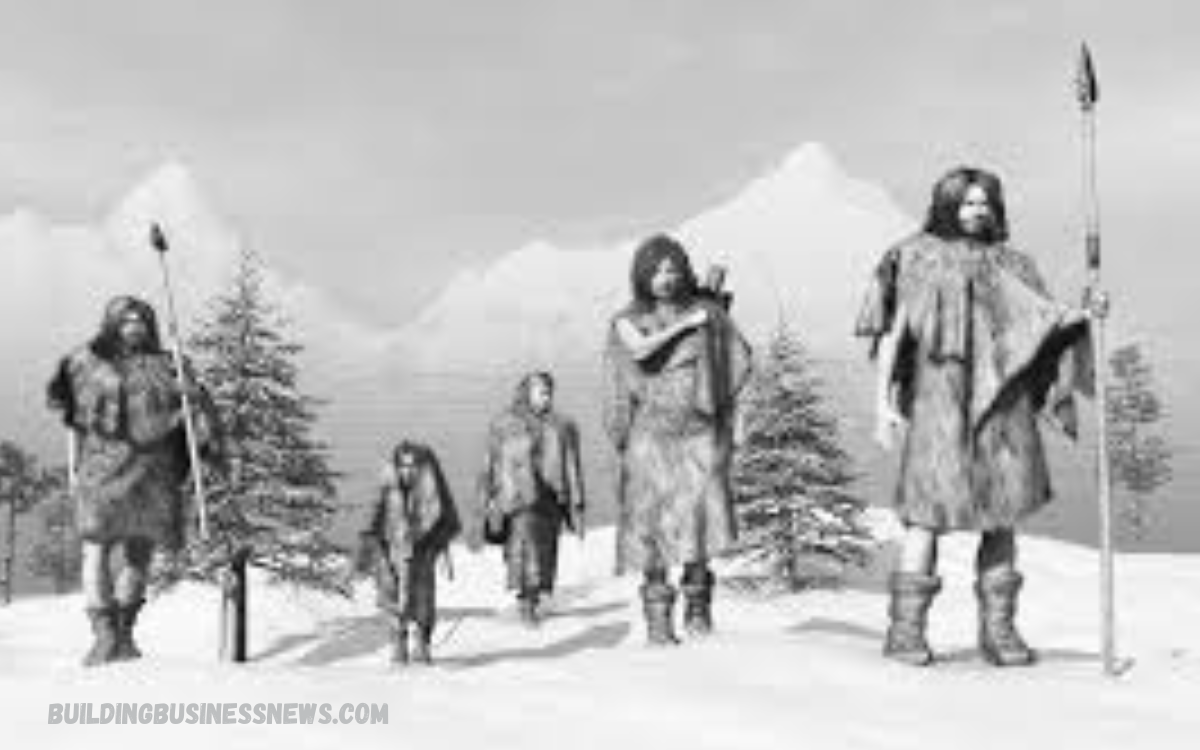The Ice Age was one of the most challenging periods in human history. Imagine a world covered in snow and ice, where temperatures dropped drastically, and food was hard to find. Yet, our early ancestors didn’t just survive—they adapted, innovated, and laid the foundation for modern human society. This incredible journey of survival took place thousands of years ago.
Humans had to be smart and resourceful to survive these extreme conditions. They learned to build shelters, create warm clothing from animal hides, and use fire to stay warm. They became skilled hunters, developed tools from stone and bone, and worked together in small groups to improve their chances of survival. Migration also played a key role—moving to warmer regions helped them escape the harshest climates.
The story of Ice Age survival isn’t just about enduring the cold; it’s about the strength of human resilience and creativity. Understanding how early humans thrived in such a harsh environment gives us a deeper appreciation of where we come from — and what we’re capable of when faced with adversity.
What Was the Ice Age?
The Ice Age was a long period in Earth’s history when large parts of the planet were covered in ice and snow. It wasn’t just a few cold winters — it lasted for thousands of years! During this time, thick glaciers stretched across North America, Europe, and Asia, making the land cold, dry, and often difficult to live on.
The most recent Ice Age, called the Last Glacial Period, began about 115,000 years ago and ended around 11,700 years ago. During this time, temperatures were much lower than today, and sea levels dropped because so much water was trapped in ice. Giant animals like woolly mammoths, saber-toothed cats, and mastodons roamed the Earth.
The Ice Age brought serious challenges. People had to survive freezing climates, find food in harsh environments, and protect themselves from the weather and wild animals. But instead of giving up, they adapted—using their brains, building tools, and learning new skills.
Life Was Tough: The Challenges Early Humans Faced
Surviving the Ice Age wasn’t easy. Early humans faced daily struggles to stay alive. The freezing temperatures were a constant threat — without warm clothing or proper shelter, people could freeze within hours. Snow and ice covered much of the land, making it hard to move around and even harder to find food.
Food shortages were one of the biggest challenges. Plants didn’t grow well in the cold, so people had to rely mostly on hunting animals. But hunting was dangerous and unpredictable. Giant creatures like mammoths and saber-toothed cats weren’t easy targets, and a failed hunt could mean going hungry for days.
Shelter was another problem. With few trees in the icy landscapes, building homes required creativity. People had to use animal bones, hides, and even snow to construct places where they could stay warm and safe.
Read Also: The 6 Reasons Why Capybaras Are so Popular
Tools and Technology: Simple Inventions That Saved Lives
During the Ice Age, survival wasn’t just about strength — it was about being smart. Early humans developed simple but life-saving tools and technology that helped them hunt, stay warm, and protect themselves.
One of the most important inventions was the stone tool. Early humans shaped rocks into sharp edges to cut meat, scrape animal hides, and carve wood or bone. These tools were easy to make and carry, but they made a huge difference in daily life.
They also created spears and throwing weapons, often tipped with stone or bone points, to hunt large animals from a distance. This made hunting safer and more efficient, especially when dealing with giant creatures like mammoths.
Frequently Asked Questions
What tools did they use?
Early humans used tools made from stone, bone, and wood — like knives, spears, and scrapers — to hunt, prepare food, and make clothes and shelters.
How did fire help humans survive?
Fire was one of the most important survival tools of the Ice Age. It provided warmth, cooked food, gave light, and kept predators away.
Did humans travel during the Ice Age?
Yes, people moved to warmer areas when climates got too cold. This migration helped them find food, better shelter, and safer places to live.
Were there many humans alive during the Ice Age?
There were not as many as today. Populations were small and scattered. Survival was tough, so people lived in close-knit groups or tribes.
What can we learn from Ice Age survival today?
We learn how adaptable and resourceful humans are. Even in the harshest conditions, we find ways to survive, innovate, and support one another.
Conclusion
The story of how humans survived the Ice Age is a powerful reminder of our strength, adaptability, and intelligence. Faced with freezing temperatures, dangerous animals, and limited resources, early humans didn’t give up — they adapted. They invented tools, discovered the power of fire, built warm shelters, made protective clothing, and learned to work together as a community.

